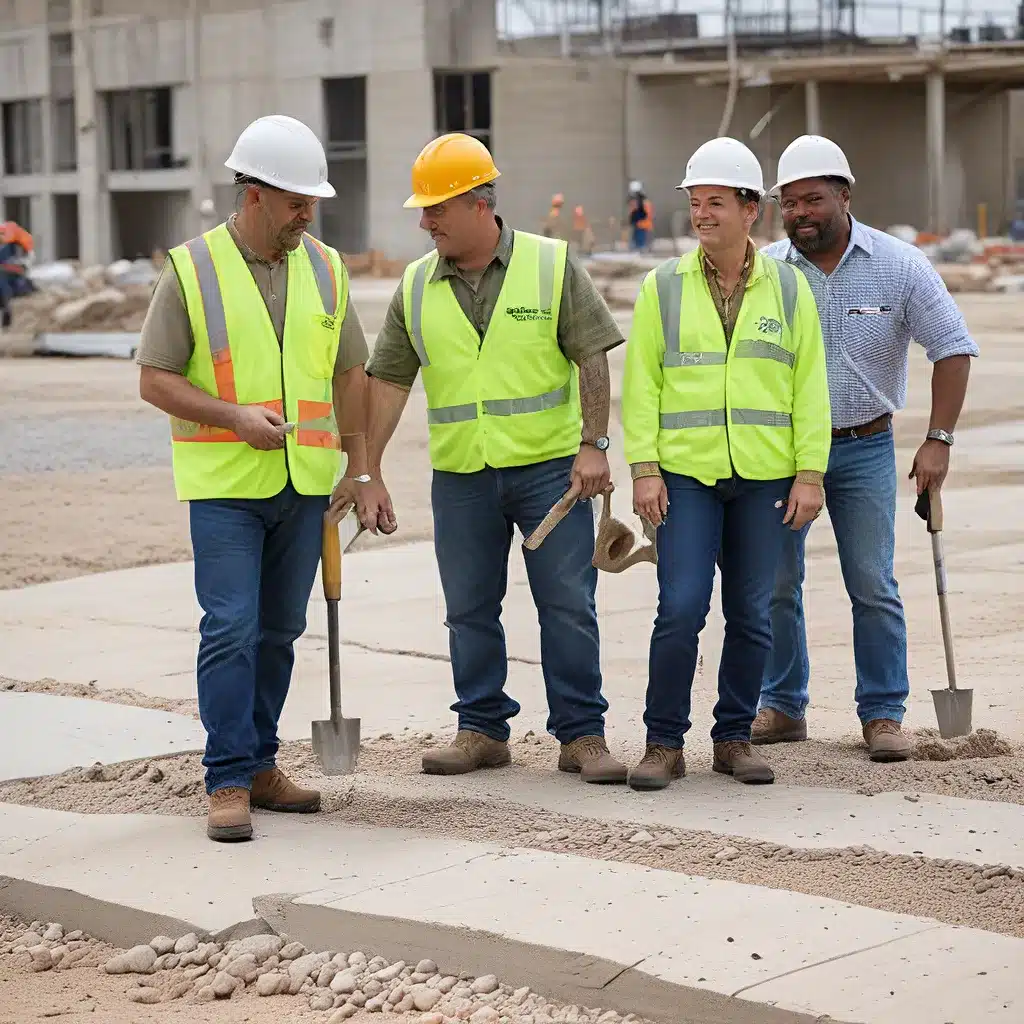
Unlocking the Potential of Concrete Collaboration in Kansas City
In the heart of the Midwest, the bustling city of Kansas City, USA has long been a hub for construction and development. As the region continues to grow, the collaboration between concrete contractors and developers has become increasingly crucial in shaping the built environment. From residential projects to large-scale commercial undertakings, these partnerships are the driving force behind the city’s architectural evolution.
Concrete Contractor Kansas City understands that successful concrete projects require a seamless integration of expertise, resources, and shared vision. In this comprehensive article, we explore the benefits of fostering strong relationships between contractors and developers, delving into the best practices that have led to exceptional outcomes for Kansas City’s concrete landscape.
The Importance of Contractor-Developer Collaboration
In the dynamic world of construction, the collaboration between concrete contractors and developers is essential for delivering high-quality, durable projects that meet the evolving needs of the community. This partnership allows for a synergistic exchange of knowledge, resources, and innovative solutions, ultimately benefiting both parties and the end-users.
By working closely with developers, concrete contractors gain a deeper understanding of the project’s goals, timeline, and budget constraints. This insight enables them to provide tailored solutions that address the specific requirements of the development, ensuring the final product meets or exceeds the client’s expectations. Conversely, developers who collaborate with experienced concrete contractors can leverage their expertise to mitigate risks, optimize construction timelines, and enhance the overall quality of the project.
Navigating the Complexities of Concrete Projects
Concrete projects, whether for residential, commercial, or industrial use, can be inherently complex, involving a myriad of technical considerations, regulatory requirements, and logistical challenges. Effective collaboration between contractors and developers is instrumental in overcoming these hurdles and delivering successful outcomes.
Proper planning, scheduling, and communication are essential in the early stages of a concrete project. By aligning on project timelines, material procurement, and installation methods, the contractor and developer can minimize delays, reduce costly rework, and ensure the project stays on track.
Moreover, regulatory compliance is a critical aspect of concrete projects, with local building codes, environmental regulations, and safety standards that must be strictly adhered to. Collaborative efforts between contractors and developers facilitate a comprehensive understanding of these requirements, enabling the team to navigate the bureaucratic landscape more efficiently and avoid potential pitfalls.
Enhancing Sustainability and Resilience
In an era of heightened environmental consciousness, the construction industry has a pivotal role to play in promoting sustainable practices and building resilience. Concrete, as a widely used construction material, presents both challenges and opportunities in this regard.
By working in close partnership, concrete contractors and developers can explore innovative eco-friendly concrete mix designs, energy-efficient construction techniques, and sustainable waste management strategies. These collaborative efforts not only contribute to the environmental well-being of Kansas City but also enhance the long-term durability and resilience of the built environment.
Fostering Innovation and Technological Advancements
In the rapidly evolving world of construction, innovation and the adoption of new technologies are essential for staying competitive and delivering superior results. Collaborative efforts between concrete contractors and developers can drive the industry forward, unlocking new possibilities and enhancing the overall quality of concrete projects.
By pooling their resources, knowledge, and creative thinking, these partners can explore the integration of cutting-edge construction technologies, such as BIM (Building Information Modeling), robotic automation, and advanced materials science. These innovations not only streamline the construction process but also improve the durability, performance, and aesthetic appeal of concrete structures.
Moreover, the collaborative approach allows for the continuous development and refinement of industry best practices, ensuring that Kansas City’s concrete projects remain at the forefront of the industry.
Strengthening the Local Concrete Ecosystem
The collaboration between concrete contractors and developers extends beyond individual projects, contributing to the overall strengthening of the local concrete ecosystem in Kansas City. By fostering strong partnerships, the industry can work together to address the unique challenges and opportunities faced by the region.
This collaborative approach enables the sharing of best practices, the identification of skills gaps, and the development of targeted training programs to upskill the local workforce. Furthermore, it promotes the exchange of innovative ideas, the exploration of new market opportunities, and the advocacy for industry-friendly policies that support the growth and prosperity of the concrete sector in Kansas City.
Conclusion: Unlocking the Power of Concrete Collaboration
The partnership between concrete contractors and developers in Kansas City is a driving force behind the city’s architectural evolution and the creation of a sustainable, resilient built environment. By embracing collaboration, these industry leaders can unlock the full potential of concrete projects, delivering exceptional results that meet the evolving needs of the community.
Through effective communication, shared vision, and a commitment to innovation, concrete contractors and developers in Kansas City are poised to continue shaping the city’s landscape, fostering economic growth, and enhancing the quality of life for all who call this vibrant city home.

